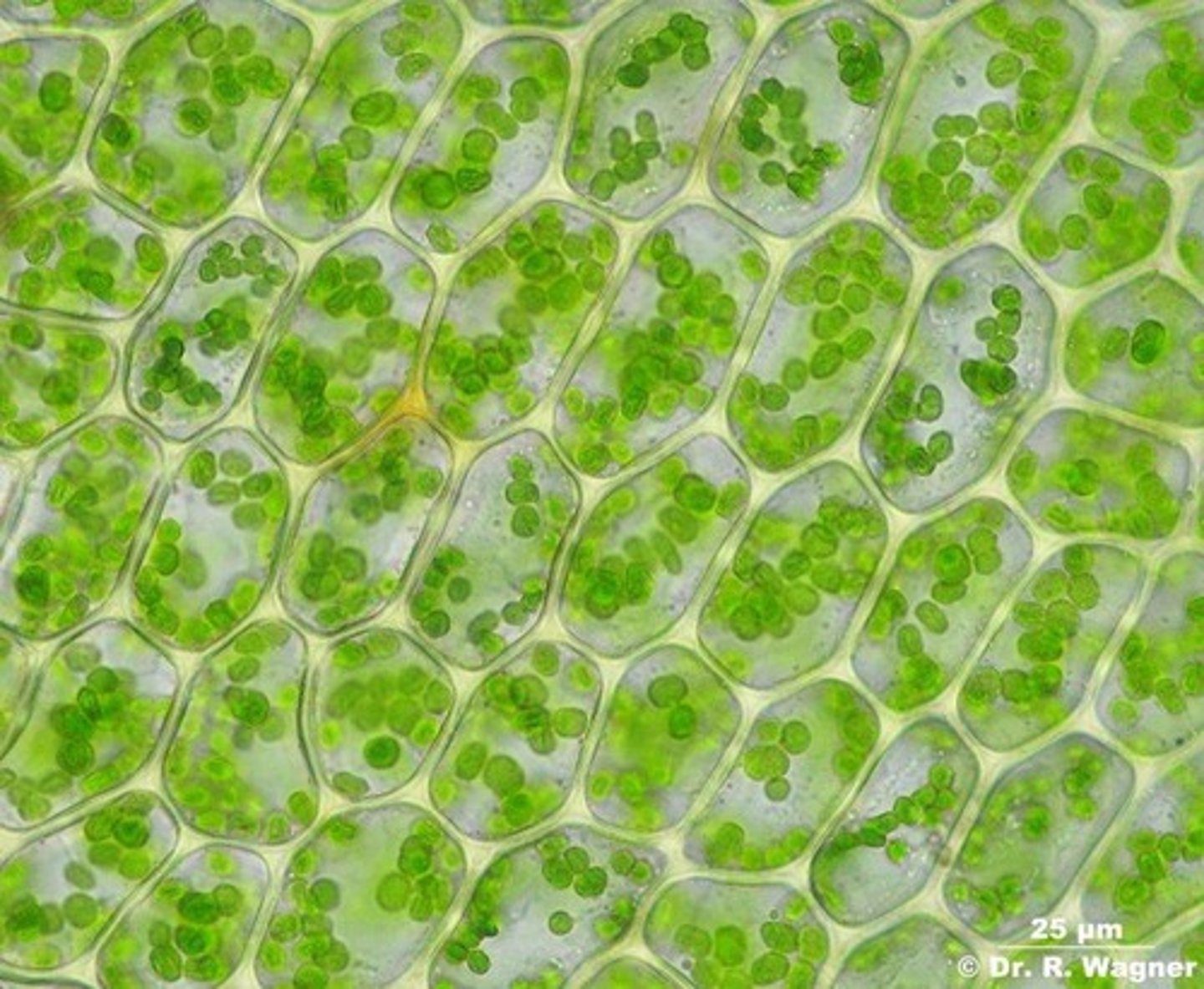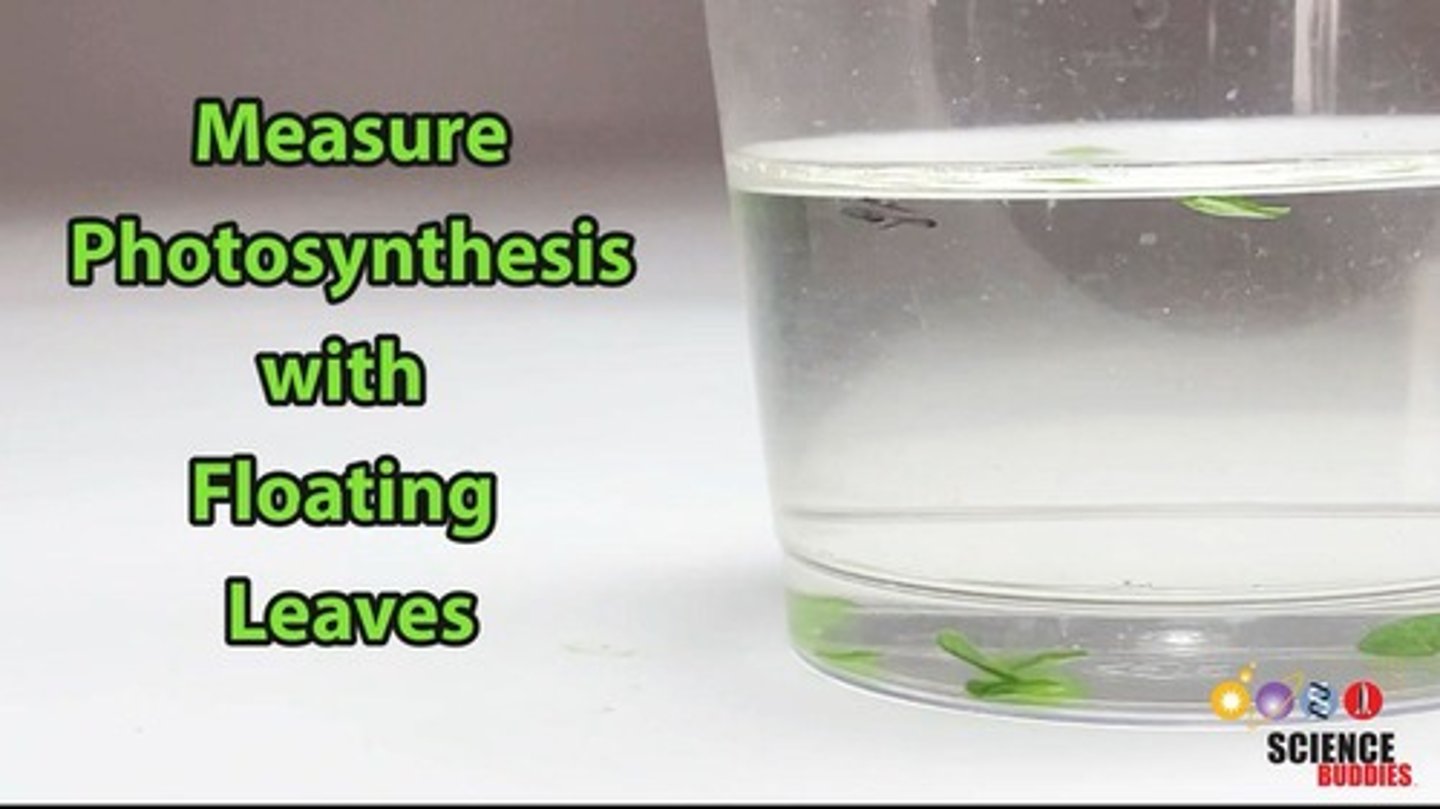Enzymes, Metabolism, Photosynthesis and Cell Respiration: Key Concepts and Processes
1/54
There's no tags or description
Looks like no tags are added yet.
Name | Mastery | Learn | Test | Matching | Spaced |
|---|
No study sessions yet.
55 Terms
What does metabolism describe?
The totality of chemical reactions that occur within a cell or organism.
What are the two key functions of metabolic reactions?
They provide a source of energy for living processes and enable the synthesis of new organic materials.
What are the two types of metabolism?
Anabolic and catabolic.
What is anabolism?
The process of building complex macromolecules from simpler biomolecules.
Give an example of an anabolic process.
Photosynthesis and formation of organic polymers.
What is catabolism?
The process of breaking down macromolecules into simpler building blocks.
Give an example of a catabolic process.
Digestion via hydrolysis and respiration via oxidation.
What are enzymes?
Globular proteins that act as biological catalysts by increasing the rate of reaction.
How do enzymes affect activation energy?
They lower the activation energy needed for a reaction to proceed.
What is the active site of an enzyme?
The region on the surface of the enzyme to which a substrate binds.
What is substrate specificity?
The ability of an enzyme to catalyze only specific reactions with particular substrates.
What model describes the enzyme's active site changing shape to fit the substrate?
The induced fit model.
What factors can affect enzyme activity?
Temperature, pH, substrate concentration, and enzyme concentration.
How does temperature affect enzyme activity?
Low temperatures decrease activity due to insufficient thermal energy, while high temperatures can cause denaturation.
What happens to enzyme activity when pH changes?
Changing pH alters the charge of the enzyme, affecting solubility and shape, which can diminish substrate binding.
What is denaturation in the context of enzymes?
The process that diminishes enzyme activity by breaking the bonds involved in protein folding.
What is the relationship between substrate concentration and enzyme activity?
Increasing substrate concentration increases activity up to a point, after which the reaction rate plateaus.
What is the significance of the enzyme's tertiary structure?
The 3D shape is crucial for the enzyme's ability to bind substrates and catalyze reactions.
How is enzyme activity measured?
By the consumption of substrates or formation of products, such as pressure change or percentage weight loss.
What is the effect of immobilizing enzymes?
It localizes the chemical reaction to a certain site, improving the frequency of successful collisions.
What is the role of molecular motion in enzyme catalysis?
Increased molecular motion enhances the frequency of successful collisions between enzymes and substrates.
What is the optimal temperature for enzyme activity?
The temperature at which the reaction rate peaks, specific to each enzyme.
What occurs when the substrate concentration reaches saturation?
The reaction rate levels off because all active sites are occupied.
What is the suffix commonly used for enzyme names?
'-ase', indicating the substrate they act upon (e.g., lipase).
What is the consequence of enzyme denaturation?
It prevents the substrate from binding to the active site, reducing or halting enzyme activity.
What is the relationship between enzyme concentration and reaction rate?
Increasing enzyme concentration typically increases the reaction rate, assuming substrate is available.
What is the significance of the induced fit model?
It explains how the active site of an enzyme can change shape to improve substrate binding and catalytic activity.
What is the role of enzymes in metabolic reactions?
They act as catalysts, speeding up the reactions without being consumed.
What is photosynthesis?
The process by which some organisms use light energy from the Sun to synthesize organic compounds like glucose.
What is the main product of photosynthesis?
Glucose
What is the equation for photosynthesis?
Sunlight + Carbon Dioxide + Water → Glucose + Oxygen
What do plants use to absorb light energy?
Photosynthetic pigments, primarily chlorophyll.

What wavelengths of light are absorbed by chlorophyll?
Chlorophyll absorbs red and blue light, while reflecting green light.
What is the role of chloroplasts in photosynthesis?
Chloroplasts are organelles where photosynthetic pigments are stored and photosynthesis occurs.

What are the two main stages of photosynthesis?
Light-dependent reactions and light-independent reactions.
What occurs during light-dependent reactions?
Light energy is converted into chemical energy (ATP) and oxygen is produced from the photolysis of water.
What is produced during the light-independent reactions?
Organic compounds are synthesized from carbon dioxide using ATP and hydrogen.
What is the significance of the action spectrum in photosynthesis?
It shows the wavelengths of light used by pigments in photosynthesis.
What does chromatography do in the context of photosynthesis?
It separates pigments by size to identify them.
What is the retardation factor (Rf) in chromatography?
It is a ratio used to identify pigments, calculated as the distance the pigment travels divided by the distance the solvent travels.
What is carbon dioxide enrichment?
A method to predict the effects of increased CO2 levels on plant growth and photosynthesis.
What factors can limit the rate of photosynthesis?
Light intensity, wavelengths of light, carbon dioxide levels, temperature, and pH.
How does oxygen affect photosynthesis?
Oxygen acts as a competitive inhibitor, triggering photorespiration.
What is the purpose of measuring carbon dioxide uptake in photosynthesis experiments?
To assess the rate of photosynthesis by observing changes in pH or biomass.
What is a leaf disc assay?
An experimental technique used to measure photosynthesis by observing gas exchange in leaf discs.

What is the role of ATP in photosynthesis?
ATP provides the energy needed for the synthesis of organic compounds during light-independent reactions.
What is the significance of light-dependent reactions in photosynthesis?
They convert light energy into chemical energy, producing ATP and oxygen as by-products.
What are the products of photolysis during photosynthesis?
Hydrogen and oxygen.
What is the primary function of photosynthetic pigments?
To absorb light energy and convert it into chemical energy.
What is the visible light spectrum range used in photosynthesis?
400 nm to 700 nm.
What is the difference between absorption and action spectra?
Absorption spectra show wavelengths absorbed by pigments, while action spectra show wavelengths used in photosynthesis.
What is the role of RuBP in the light-independent reactions?
RuBP is a molecule that combines with carbon dioxide to initiate the synthesis of glucose.
How does temperature affect photosynthesis?
Temperature influences the activity of enzymes involved in photosynthesis.
What is the relationship between photosynthesis and cellular respiration?
Photosynthesis produces glucose, which is then used in cellular respiration to generate ATP.
What is the significance of free air CO2 enrichment (FACE) experiments?
They represent natural conditions to study the effects of increased CO2 on plant growth.